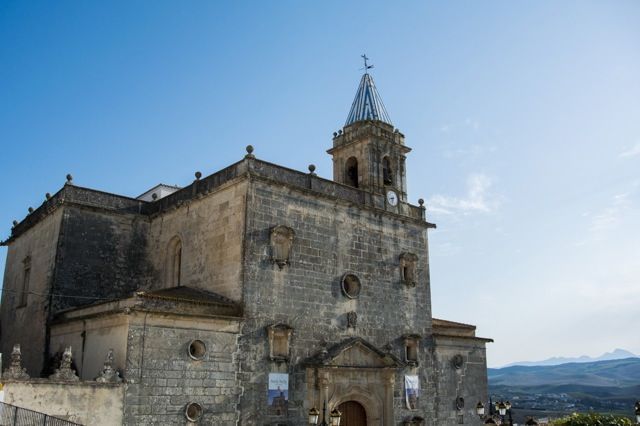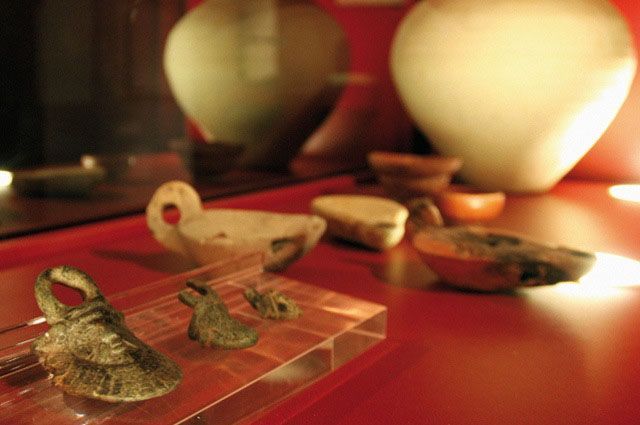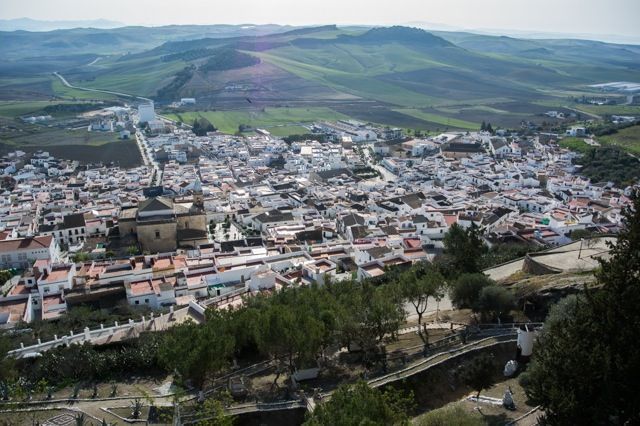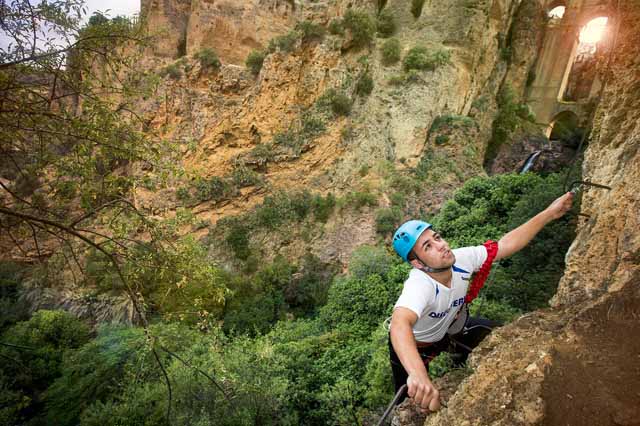
Travel guide to Espera
Here you have our Travel Guide to Espera with all the tourist information and the best travel tips. Find the best restaurants and accommodation in Espera. Discover its nature, activities, monuments, cultural visits and much more.
Our travel guide to Espera
Espera is a beautiful and typical white town of Cádiz located on a hillside whose top crowns the remains of a castle. This dominate the whole village of whitewashed streets and steep slopes. Thanks to this Travel Guide to Espera you can find all the activities and the best travel tips for your trip.
The early presence of settlers is confirmed by the Esperilla Site, with traces dating back more than 3,000 years.
The ancient Roman city of Carissa Aurelia (Cultural Interest Asset) is located only 7 kilometres away from the town, standing on the remains of a previous Iberian settlement. We should highlight the necropolis, the walled urban area and an Archaeological Museum dedicated especially to the Iberian-Roman Funerary World of Espera.
In its monumental legacy, the Castle of Fatetar stands out (13th to 15th centuries), which preserves part of the walls, the Keep Tower and the tanks (aljibes). The Hermitage of Santiago is next to it, which houses the Cristo de la Antigua, patron saint of the town.
You should also visit the Church of Santa María de Gracia, a symbiosis of Renaissance and Baroque styles, as well as the Casa de la Cilla or los Diezmos, the current oil mill.
Main Activities: Nature, Active Tourism, Cuisine.
Content source: Texts and photos: TUDESTINO.TRAVEL
Our travel guide to Espera
Espera is a beautiful and typical white town of Cádiz located on a hillside whose top crowns the remains of a castle. This dominate the whole village of whitewashed streets and steep slopes. Thanks to this Travel Guide to Espera you can find all the activities and the best travel tips for your trip.
The early presence of settlers is confirmed by the Esperilla Site, with traces dating back more than 3,000 years.
The ancient Roman city of Carissa Aurelia (Cultural Interest Asset) is located only 7 kilometres away from the town, standing on the remains of a previous Iberian settlement. We should highlight the necropolis, the walled urban area and an Archaeological Museum dedicated especially to the Iberian-Roman Funerary World of Espera.
In its monumental legacy, the Castle of Fatetar stands out (13th to 15th centuries), which preserves part of the walls, the Keep Tower and the tanks (aljibes). The Hermitage of Santiago is next to it, which houses the Cristo de la Antigua, patron saint of the town.
You should also visit the Church of Santa María de Gracia, a symbiosis of Renaissance and Baroque styles, as well as the Casa de la Cilla or los Diezmos, the current oil mill.
Main Activities: Nature, Active Tourism, Cuisine.
Content source: Texts and photos: TUDESTINO.TRAVEL
Find everything you can do in Espera
The best Food in Espera
Food in Espera, Cadiz. Find the best places where to eat in Espera, Spain: Restaurants, tapas bars, ventas and traditional places to have lunch, dinner or tapas in Espera. Quality recommendations, with good service and good food.
What to See in Espera
Find out what to see in Espera and the outskirts with TUDESTINO. All the information on the best places to see and the most popular places to visit with the best recommendations. The only specialised website in the Province of Cádiz.
The best Things to do in Espera
In “TUDESTINO” you'll find all the information on what to do in Espera and outskirts. Find out with TUDESTINO all the activities you can do in Espera and the best places to visit with the best recommendations. The only specialised website in the Province of Cádiz.
The best Active Tourism activities in Espera
Discover our Active Tourism Guide in Espera. Discover the great variety of Active sports, activities, courses, routes (and much more!) that you can do in Espera.
TUDESTINO NEWSLETTER
Receive our latest news and articles directly by Mail
Cookies Policy Settings Accept all









